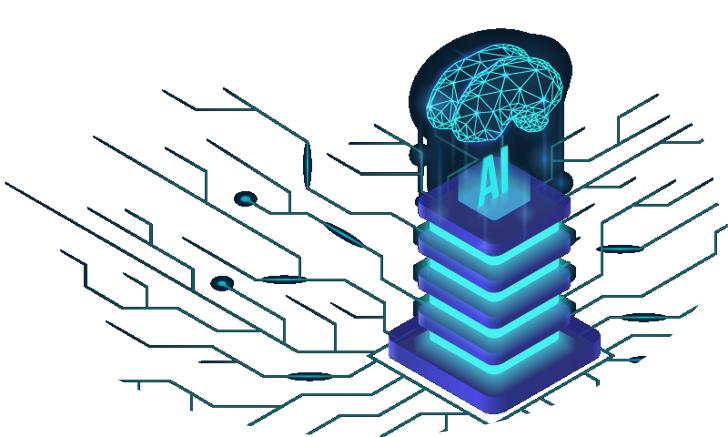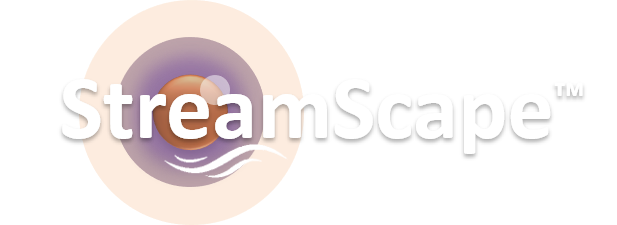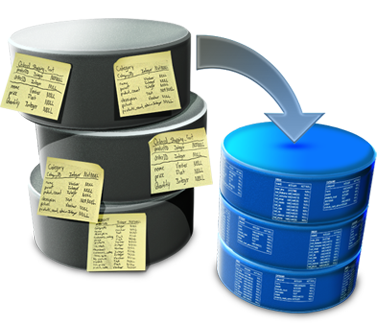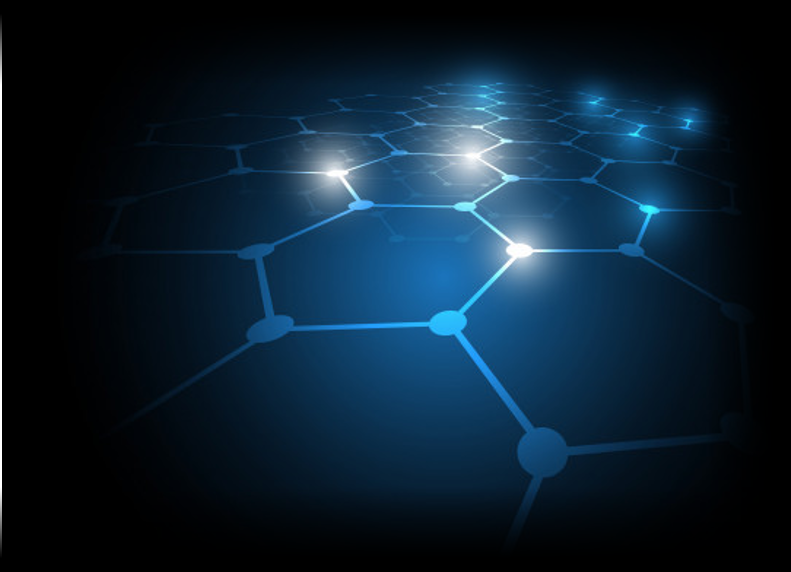No-Stack Architecture
Tired of integrating the software that's supposed to be integrating your systems? So are we! Operations and support teams are under constant pressure to provide faster access to integrated data across an increasingly distributed landscape. However, interconnecting systems often requires an assembly line of tools and specialists, making data integration a long and expensive process.
StreamScape's Data Fabric combines data management, virtualization and automation into a single, easy to use, serverless flat-earth architecture for working with data regardless of volume, format or location. A variety of deployment options lets you operate the fabric on-premise, embedded, as a cloud-native solution or fully managed SaaS service. Accelerate insight delivery and automate decision making without the need for a complex technology stack.
StreamScape's Data Fabric combines data management, virtualization and automation into a single, easy to use, serverless flat-earth architecture for working with data regardless of volume, format or location. A variety of deployment options lets you operate the fabric on-premise, embedded, as a cloud-native solution or fully managed SaaS service. Accelerate insight delivery and automate decision making without the need for a complex technology stack.
Taming the Data Sprawl with AI
Remarkably, almost 80% of data analysis time is actually is actually spent on data preparation with less than 10% being spent on data modeling and looking for patterns. Noisy, unreliable information affects business decisions and has direct impact on the bottom line.
Over 90% of all data has come into being in the past 10 years. Much of it is text and documents that cannot be easily queried using conventional tools like relational databases. Solving data integration issues has become a data agility problem. How fast you can extract value from mountains of data and how quickly can this information be turned into action?
Cognitive AI helps tame the data sprawl by extending traditional BI techniques with text, semantic search, language processing and Knowledge Graph technologies. Semantic Links can identify candidate JOINS and assist with data discovery. Inference Types allow flexible annotation and definition of data relationships without the need for changing schema. As a result the tasks of data cleansing and de-duplication are greatly simplified.
Over 90% of all data has come into being in the past 10 years. Much of it is text and documents that cannot be easily queried using conventional tools like relational databases. Solving data integration issues has become a data agility problem. How fast you can extract value from mountains of data and how quickly can this information be turned into action?
Cognitive AI helps tame the data sprawl by extending traditional BI techniques with text, semantic search, language processing and Knowledge Graph technologies. Semantic Links can identify candidate JOINS and assist with data discovery. Inference Types allow flexible annotation and definition of data relationships without the need for changing schema. As a result the tasks of data cleansing and de-duplication are greatly simplified.
Information Where + When You Need It
StreamScape's query engine lets you move computations to the data and use streaming analytics to process data without storing it, reducing data copy and allowing users to process an infinite amount of information with limited hardware resources. The engine supports user-defined functions (UDFs) written in SQL, Java or
RPL Script
and supports a variety of clients including Python that can access local files, remote databases or in-memory data collections for optimal performance. Built-in support for parallelism, Future/Promise framework, SQL, unstructured data, cloud storage and data lakes makes data preparation a snap.
Most importantly, the data fabric lets you create composite data models (graphs) from many sources making it easy to explore patterns and spot potential data relationships across information silos. It is an ideal tool for architects and citizen data scientists that enhances their understanding of available data, and enables curation of large and complex datasets.
Most importantly, the data fabric lets you create composite data models (graphs) from many sources making it easy to explore patterns and spot potential data relationships across information silos. It is an ideal tool for architects and citizen data scientists that enhances their understanding of available data, and enables curation of large and complex datasets.

Knowledge Graphs Connect Everything
Conventional database technologies require explicit knowledge of data relationships before a data model can be created. This limitation makes it difficult to build conceptual models of real-world things, wherein relationships and patterns are often discovered thru data exploration.
Knowledge Graphs
capture information about the world in an intuitive way, often easier to understand and manipulate using visual tools. They are critical to understanding and interrelating information from disparate data sources, providing an easy way to navigate information critical to data-driven decisions.
Knowledge graphs let users define or discover potential data relationships without the need for programming or database maintenance, providing a new way of extracting and correlating knowledge from many disparate sources. Graphs can be easily extended with semantics representing Aspects or Facets that add depth and context to initial data. This helps business users understand a situation or issue, answer specific questions, and support the decision-making process.
Knowledge graphs let users define or discover potential data relationships without the need for programming or database maintenance, providing a new way of extracting and correlating knowledge from many disparate sources. Graphs can be easily extended with semantics representing Aspects or Facets that add depth and context to initial data. This helps business users understand a situation or issue, answer specific questions, and support the decision-making process.
Build Interactive No-Code Applications
Powered by Cognitive AI
Powered by Cognitive AI
Develop with No Restrictions. Download a Full Version of the
Data Fabric and Explore the Possibilities !
Data Fabric and Explore the Possibilities !


